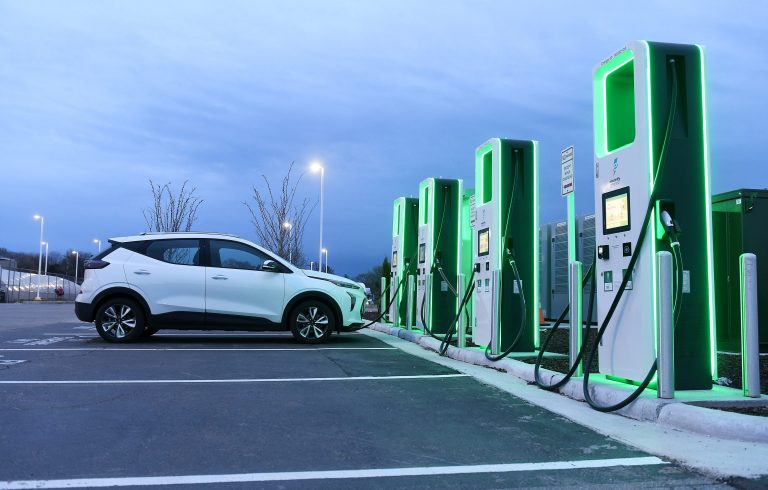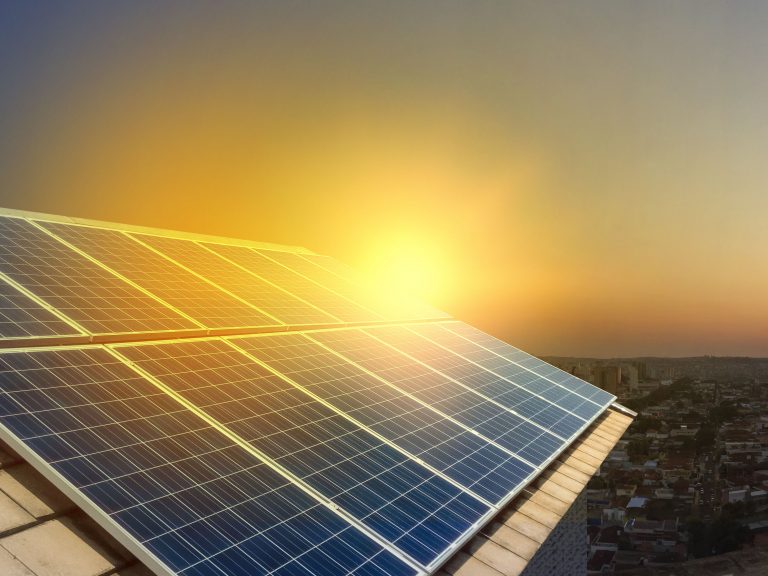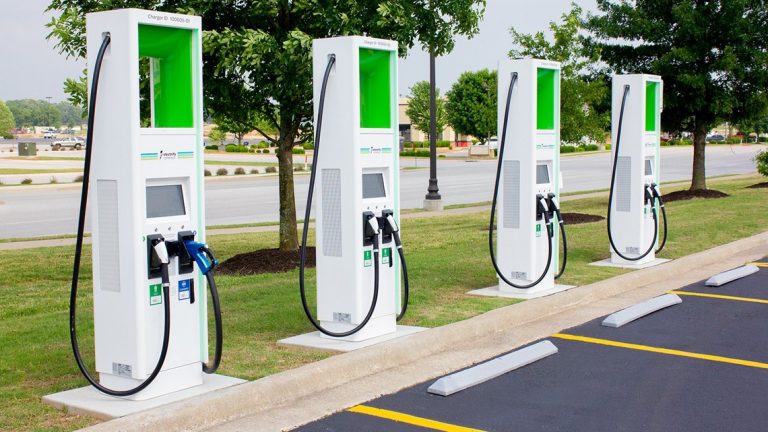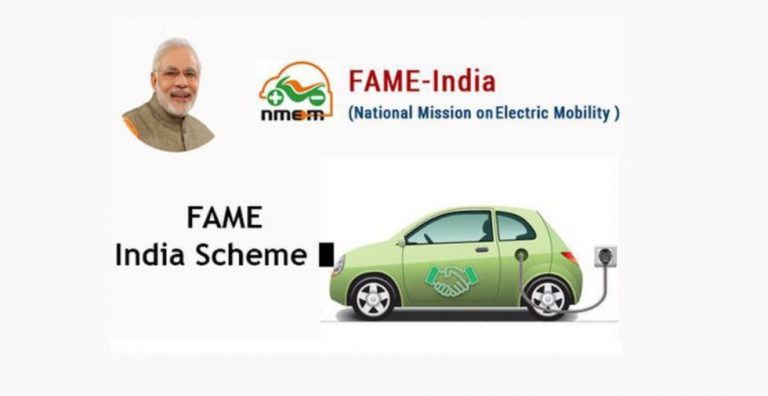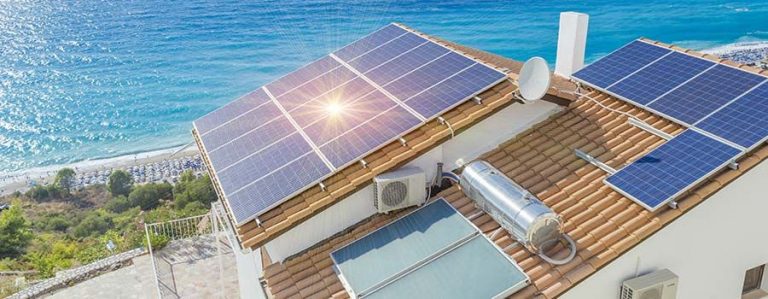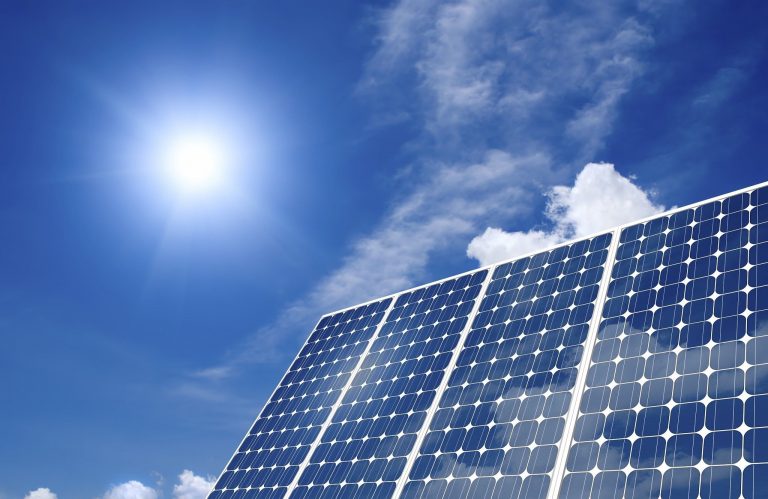Number of solar panels needed for an Indian household – 2021
Choosing to go solar can be a confusing decision. With so much misinformation and confusion floating around, one can get carried away with their energy needs and how to choose their perfect system. VHIL is your one-stop solution to all of that. In this article, we’ll tell you how you calculate the number of solar panels needed for your household.
A number of deciders
Here’s talking about the amount of energy, and hence, the number of solar panels needed by an average Indian household. There is no single answer to this question. For starters, there’s plenty of different parameters that you have to consider to be able to make the correct optimization with the panels.
Here’s how you decide how many solar panels you need to handle your energy needs.
The things that you need to take into account are:
- Your monthly energy usage
- The Wattage/Power Generation Capacity of the Panels
- Average Sunlight incident in your area
Energy Usage
This one’s a no-brainer. The number of panels you need to have is directly proportional to your energy needs. Larger homes usually mean a greater number of appliances and colossal energy needs.
It isn’t a rule of thumb, though. More power-consuming devices like ACs or Refrigerators would mean more panels.
The Wattage of the Panels
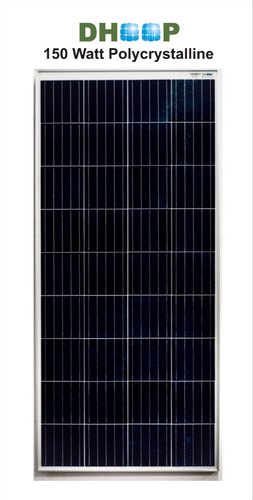
Solar panels come in all sizes and capacities. Household panels can be in the range of 40W-400W. The more the wattage, the lesser the number of panels required. But it is necessary to ideally design your system so that you don’t end up paying extra for the combination of the energy you don’t need.
Average sunlight in your area
It is another conclusive deciding factor to count into while buying the panels. India’s ideal location helps trap an abundance of sunlight, which, if used properly, could power the entire country all alone.
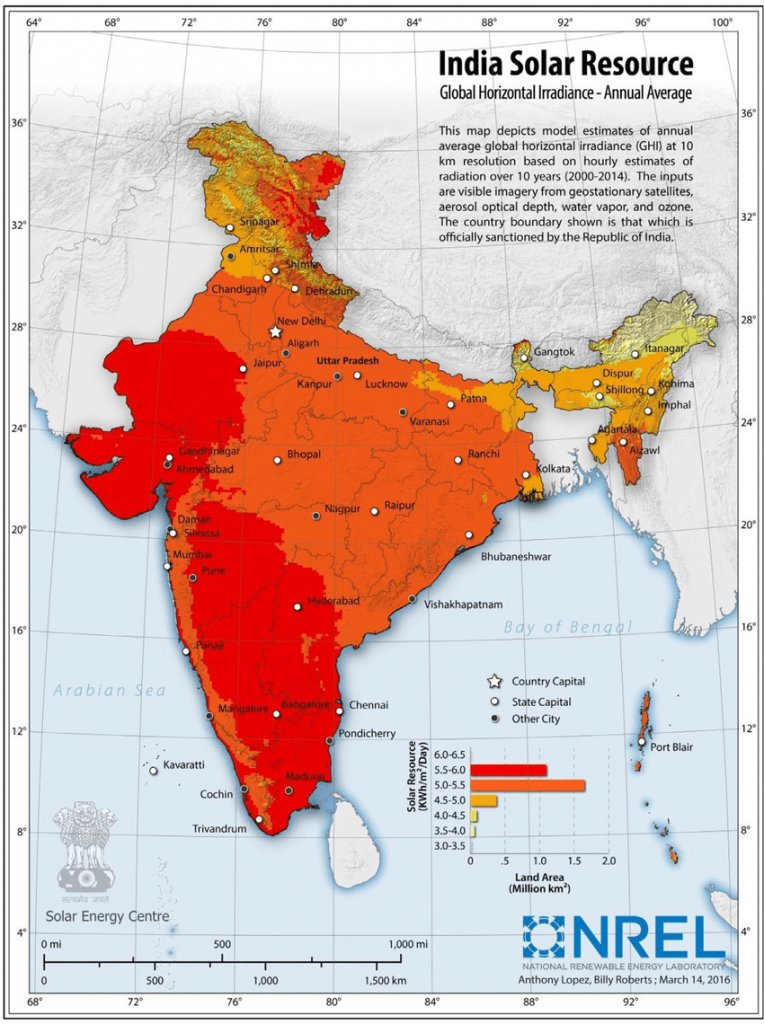
As you can see, Western India seems to be receiving the maximum amount of solar radiation in the country. So if you’re someone living in the western states of Maharashtra or Gujarat, the number of panels you’re going to need would be lesser than someone living in the northeast.
In other words, the number of solar panels needed for people living in West India would be lesser compared to the rest of India for similar energy needs.
The math behind the number of solar panels needed
Now all of this boils down to the number of solar panels needed for your energy needs. So how do you calculate it? Here’s describing just how.
So, considering you’re someone living in the western coastal states of India, which have peak sunlight hours of 5.5, here’s how you proceed to calculate.
First, multiply the daily peak hours by the number of days in a month. That is 5.5 multiplied by 30 gives us 165. Now, we use this figure to divide the average monthly usage of power.
So, 206.7/165 = 1.25. Now, multiply this with 1000, which gives us 1250. Now considering the wattage of the panel to be 150W, here’s the number of solar panels needed:
1250/150 = 9 (rounding off to a whole number)
Therefore, the number of solar panels needed for all your energy needs comes out to be 9 for our experimental data. Of course, you do not have to get into all this yourself, for we’ve made it easier for you. You can check out our solar panel calculator here.
Here’s all that we do
VHIL is an initiative of empowering the Indian household with their energy needs efficiently. Build Your Own is at the core of our work culture, wherein we believe that the onus is upon the consumers to decide the best for themselves. We, at the max, can play a second fiddle by your side. You don’t just buy things here, but educate and assure yourselves for an ever-lasting support. Check out our store for more.

